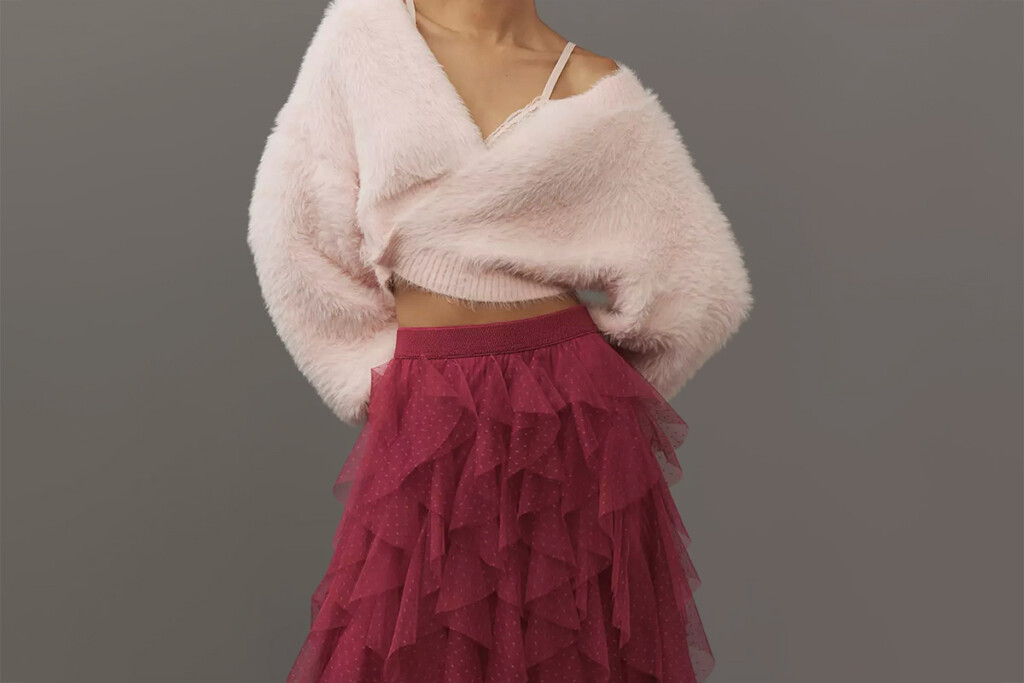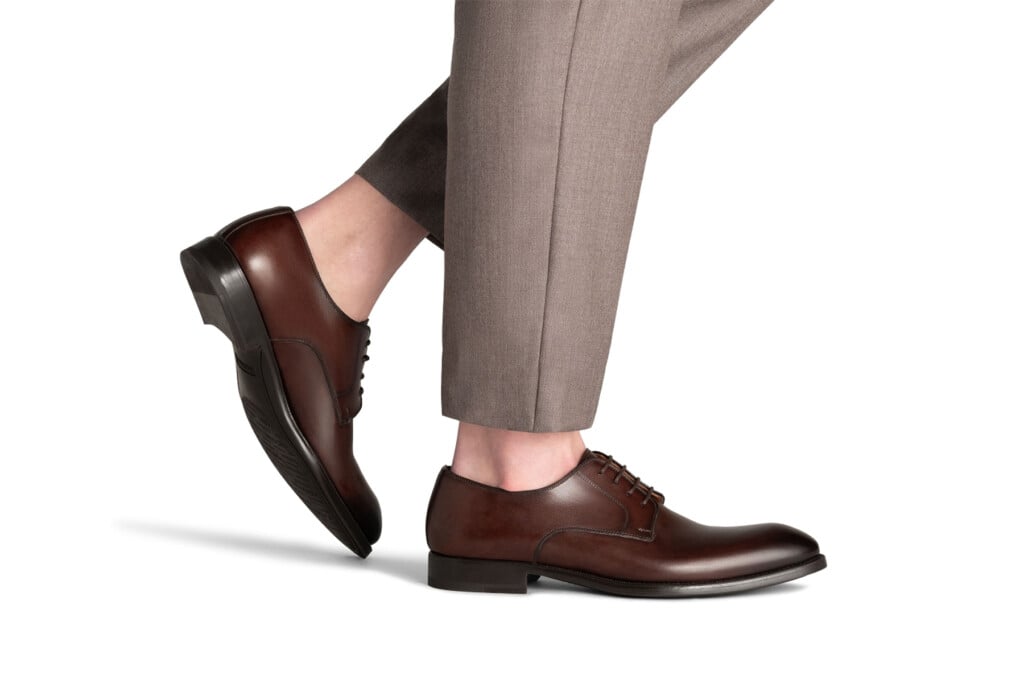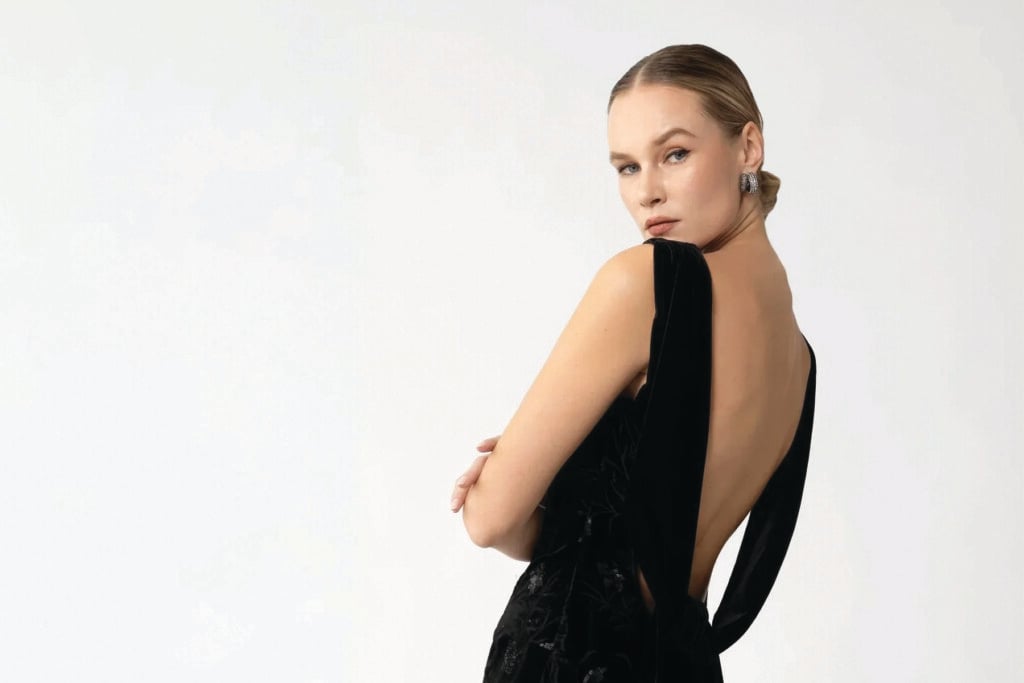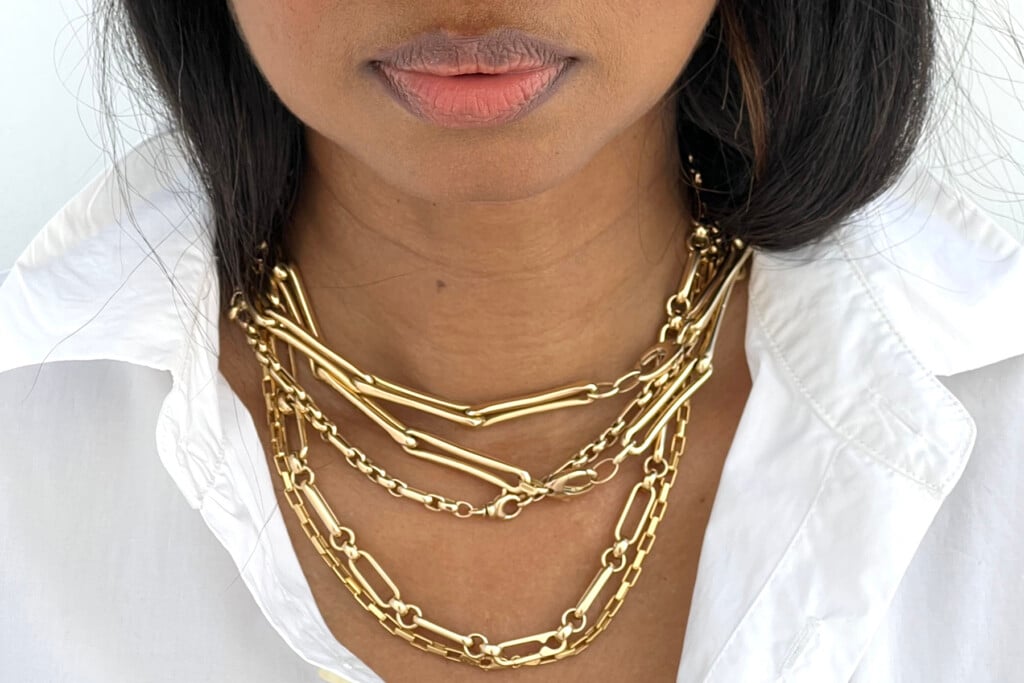A Choreographed Closet
The relevé of balletcore

There comes a time in many little girl’s lives where they dream of becoming a ballerina. While only few will make it to big city ballet companies, one can still emulate the ballerina style.
Ballerinas represent grace, poise, power, and femininity both in dance and style. Studio dancewear emphasizes the long, lean, and clean lines of a dancer’s body, while performance wear illuminates an air of whimsy and beauty.
Ballet has been around for centuries, but society’s surest fascination with its fashion began with ballerina Marie Taglioni who introduced the romantic tutu, a multilayered skirt reaching to midcalf, in 1832.
In the 1870s, for Tchaikovsky’s Swan Lake, the tutu skirt was dramatically shortened to better accommodate leaps and showcase the strength of the dancer’s legs. Additionally, in the 1870s, ballerinas became the muse of famed French impressionist artist Edgar Degas who featured them as subjects in over 1,500 works.
In the 1880s, French acrobat Jules Leotard created the leotard, which would later become the standard for American ballet, worn with tights to provide a streamlined look while also aiding in blood circulation and muscle fatigue.
George Balanchine, one of the most influential choreographers of the twentieth century was pivotal in popularizing practice wear and ballerina street style.
In 2025, high and low ballet fashion are blending to form a new ballerina-inspired look. Today’s balletcore trend styles the comforts of cotton legwarmers with the drama of a layered tulle skirt.
“The balletcore trend is fun because it merges the elegance of classical ballet with the playfulness of modern fashion,” says Danni Donofro Eubanks, community and culture manager of Cabana by The Seaside Style. “It allows for a whimsical and romantic expression through soft textures and graceful silhouettes, all while being comfortable and wearable in everyday settings.”
Dancers love to make an entrance and wow with their costumes. But ballerina or not, you can make a statement with investment pieces like drop-waist silhouettes, tulle skirts, silk shift dresses, puff sleeves, bubble hemlines, and costume wear speckled in sequins, rhinestones, and pearls.
The stage may be for catching and holding the eye, but studio-wear is all about transitional pieces and sleek style. Think breathable and moveable fabrics such as jersey knit, cotton, silk, satin, and cashmere. For men or women, a pair of jersey or cotton joggers offer a loose fit while accentuating the ankle and foot. Drape a cashmere cardigan around your neck or tie a crewneck sweatshirt around your waist. In the cooler months, throw on a pair of tights or leg warmers.
One of the most iconic elements of balletcore are ballet flats, which can be dressed up or down.
“The trend invites creativity by encouraging layering, experimenting with light, and incorporating dainty accessories,” Donofro says. “It emphasizes a soft feminine look through neutral and pastel tones.”
Ballet is all about the details as is its fashion—think bows and intricate lace. The traditional ballet color palette consists of monochromatic blacks, beiges, and pinks. There’s also the subtly sweet incorporation of pastels or the dramatic flair of bright red or deep purple.
When carefully curated and expertly choreographed, the balletcore look would receive a standing ovation from the likes of Anna Pavlova to Misty Copeland.


